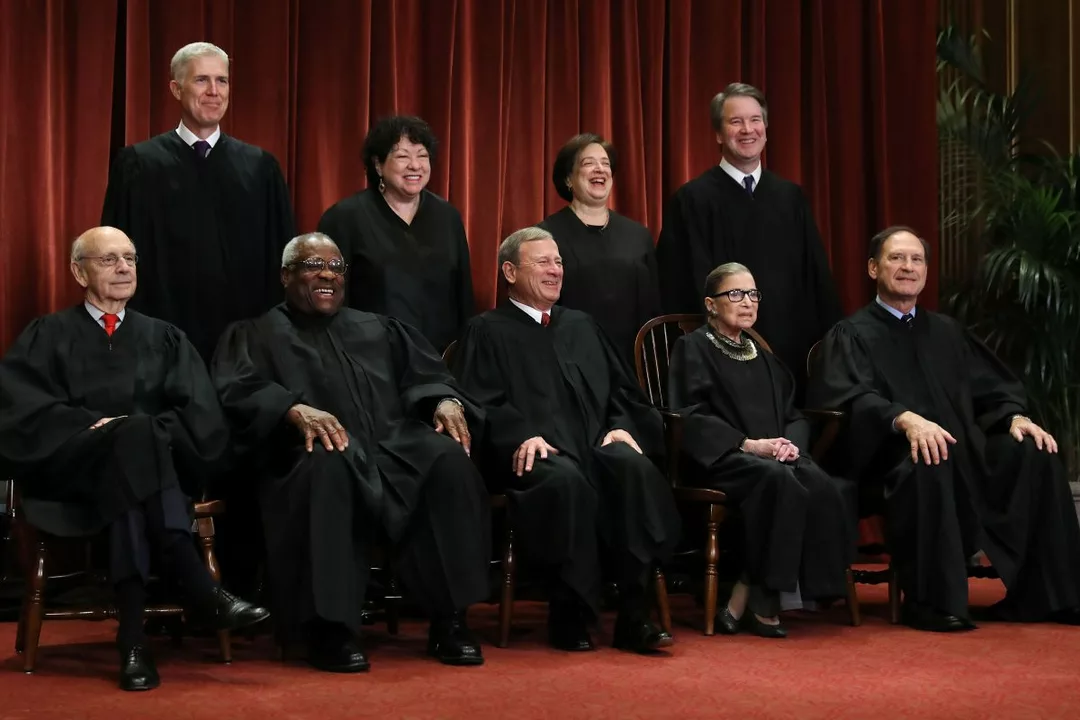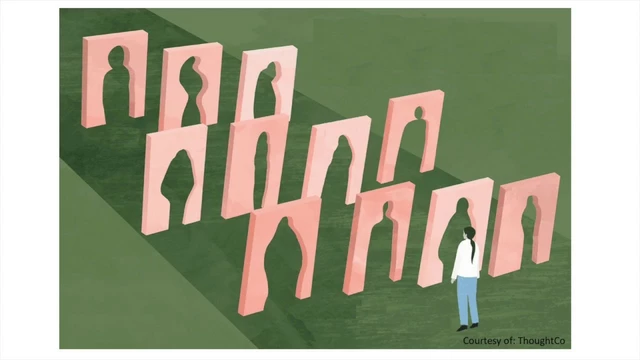Introduction: The Supreme Court's Bold Move
In a landmark decision, the Supreme Court of India has decided to open itself up and bring the Office of the Chief Justice under the Right to Information (RTI) Act. This historic move aims at ensuring transparency and accountability within the highest judiciary of the country. In this article, we will discuss the implications of this decision and explore what it means for the Indian judicial system.
Understanding the RTI Act
Before delving into the details of the Supreme Court's decision, it's essential to understand the Right to Information Act. Passed in 2005, the RTI Act empowers Indian citizens to access information from public authorities, promoting transparency and accountability in the functioning of the government.
Under the RTI Act, any citizen can request information from a public authority, which is required to provide the requested information within a stipulated time frame. The Act has been instrumental in uncovering corruption and ensuring that the government remains answerable to the people.
The Debate on Bringing the Judiciary Under RTI
Over the years, there has been a growing demand to bring the judiciary, especially the higher judiciary, under the purview of the RTI Act. Advocates of this idea argue that the judiciary should be as transparent and accountable as the other branches of the government, given its crucial role in delivering justice and upholding the Constitution.
However, opponents of this proposal have raised concerns about the potential impact on the independence and autonomy of the judiciary, arguing that it could lead to unwarranted interference in its functioning.
The Historic Supreme Court Judgment
In a bold and unprecedented move, the Supreme Court of India has decided to include the Office of the Chief Justice under the RTI Act. This judgment has been hailed as a significant step towards ensuring transparency and accountability in the highest echelons of the Indian judiciary.
The judgment was delivered by a five-judge Constitution Bench headed by Chief Justice of India Ranjan Gogoi, who stated that the Office of the Chief Justice of India is a 'public authority' under the RTI Act. This effectively means that the office is now subject to the same rules and regulations as other public authorities in the country.
Implications of the Judgment
The Supreme Court's decision to bring the Office of the Chief Justice under the RTI Act has far-reaching implications for the Indian judicial system. It ensures that the highest office in the judiciary is now answerable to the citizens of the country in matters of transparency and accountability.
Additionally, this move is expected to set a precedent for other high courts and lower courts to follow suit, further strengthening the transparency and accountability of the entire judicial system in India.
Challenges Ahead
While the Supreme Court's decision has been widely applauded, it is not without its challenges. One of the major concerns raised by critics is the potential misuse of the RTI Act to target judges and influence their decision-making process.
Furthermore, there are concerns about the possible impact on the privacy of judges, as the disclosure of personal information under the RTI Act could put them at risk. The Supreme Court, in its judgment, has tried to address these concerns by emphasizing the need for a balance between transparency and protecting the independence and autonomy of the judiciary.
Lessons from Other Countries
India is not the first country to grapple with the issue of ensuring transparency and accountability in its judiciary. Several countries, such as the United States, Canada, and the United Kingdom, have implemented various measures to enhance transparency in their judicial systems.
These measures include making court documents and judgments publicly available, live streaming of court proceedings, and implementing disclosure requirements for judges. Drawing lessons from the experiences of these countries could help India strike the right balance between transparency and judicial independence.
Conclusion: A Step in the Right Direction
The Supreme Court's decision to include the Office of the Chief Justice under the RTI Act is undoubtedly a significant milestone in ensuring transparency and accountability in the Indian judiciary. While there are challenges ahead, this move holds the promise of strengthening public trust in the judicial system and upholding the principles enshrined in the Constitution.
As India continues to strive towards building a more transparent, accountable, and just society, this historic judgment serves as a reminder that no institution, not even the highest office in the judiciary, is above scrutiny and answerable to the people it serves.



